Dental
Diagnostic Instruments
Dental Diagnostic Instruments
Diagnostic instruments are essential tools in dentistry used for examining the oral cavity, identifying dental conditions, and assisting in the diagnosis of diseases. These instruments help dentists get a clear view of the teeth, gums, and other structures in the mouth, enabling them to make accurate diagnoses and treatment plans.
1. Dental Mirror
- A small, round mirror attached to a thin handle.
- How It Works: The dental mirror allows the dentist to view areas in the mouth that are hard to see, such as the back of the teeth and the inner surfaces of the gums. It helps reflect light into dark areas and retracts the tongue or cheek for a better view.
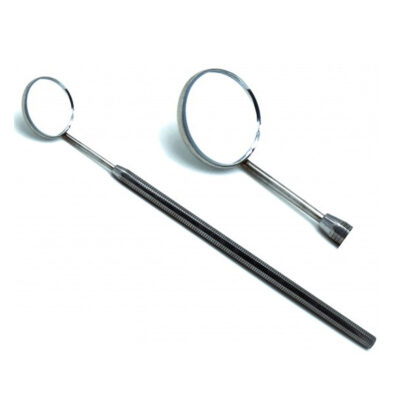
2. Gauze Packers
- Small pieces of sterile gauze used to pack areas in the mouth.
- How It Works: Gauze packers are used to control bleeding, keep an area dry during procedures, or protect tissue. They can be placed in extraction sites or used to absorb saliva during examinations.

3. Handles
- The part of an instrument that is held by the dentist.
- How It Works: Handles provide a firm grip, ensuring that the instrument can be used effectively. They are often ergonomically designed to reduce hand fatigue during long procedures.
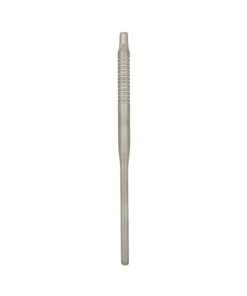
4. Mirror Photographic
- A specialized mirror used for capturing photographic images of the oral cavity.
- How It Works: This mirror reflects specific angles in the mouth for taking detailed photographs. It’s used for documentation, patient education, or monitoring the progress of treatment.
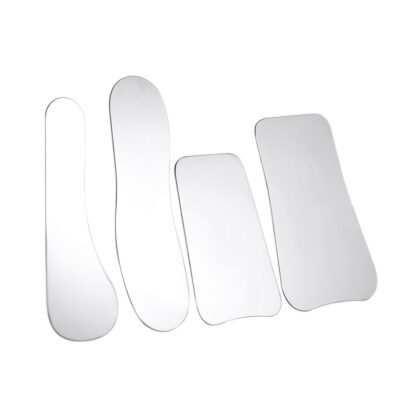 5. Mosquito & Mathieu Forceps
5. Mosquito & Mathieu Forceps
- Small, delicate forceps with a locking mechanism.
- How It Works: Mosquito forceps are used for holding or clamping small tissues or materials. Mathieu forceps are commonly used for tying ligatures or holding sutures due to their precise grip and locking ability.
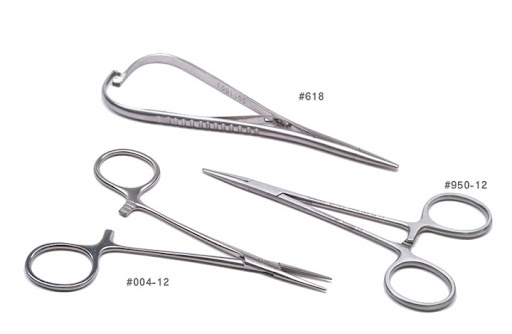
6. Probes
- Thin, pointed instruments used for examining teeth and gums.
- How It Works: Probes are used to assess the depth of periodontal pockets, detect cavities, and check for irregularities on the tooth surface. They help measure and identify issues like gum disease.

7. Section Tubes
- Tubes attached to suction devices.
- How It Works: Section tubes remove saliva, blood, or debris from the oral cavity during procedures, keeping the area dry and clear for better visibility and access.
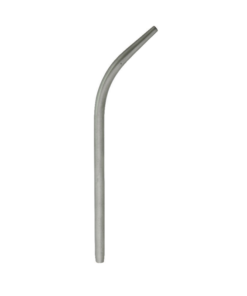
8. Tweezers
- Small pincers used to grasp and manipulate small objects.
- How It Works: Tweezers are used to pick up and place tiny objects like cotton pellets, broken tooth fragments, or other small items during examinations or treatments.
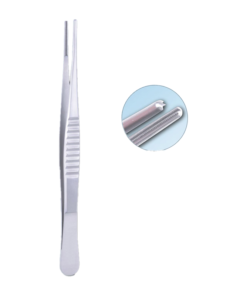
These diagnostic instruments are fundamental helping dentists conduct thorough oral examinations, ensuring that any issues are accurately identified and appropriately treated.
If you want see more products like this visit our home page. You can Click on this link👉 https://skeemadentalitalia.com/ and can buy whatever you want.
